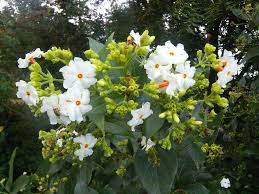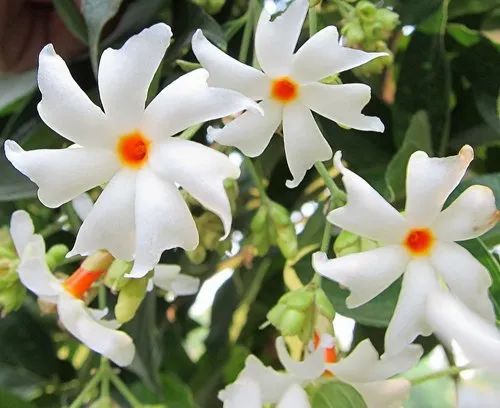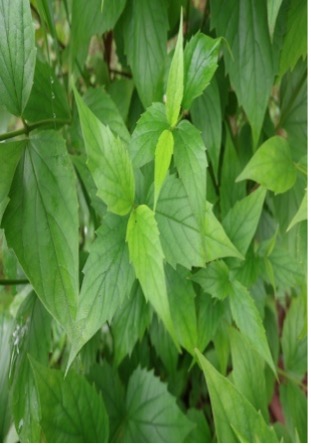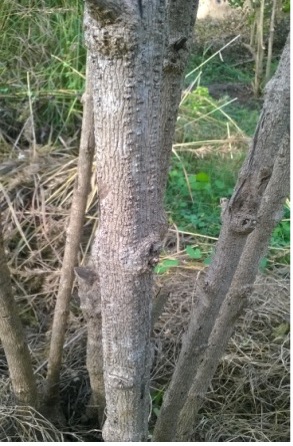HERBAL GARDEN
Vivek college of Ayurvedic Sciences & Hospital Bijnor UP
हरसिंगार




Classification
Synoyms
Parijat (Sanskrit)
Shefali (Bengali)
Night-flowering Jasmine
Hengrabubar (Assamese)
Habit
Small deciduous shrub or tree. Grows up to 10 meters tall.
Habitat
Native to South and Southeast Asia. Found in gardens, temple grounds, and near houses across India. Prefers subtropical climates and loamy soil.
Morphology
- Leaves: Simple, opposite, ovate, rough-textured with serrated edges
- Flowers: White petals with orange-red tubes, fragrant, bloom at night and fall by morning
- Bark: Thin, grey
- Seeds: Two flat seeds per fruit
Chemical Composition
Nyctanthin (orange-red coloring agent)
Flavonoids
Tannins
Saponins
Glycosides
Alkaloids
Essential oils
Iridoid glycosides (like arbortristoside)
Guna-Karma
Rasa-Tikta (bitter), Kashaya (astringent)
Guna- Laghu (light), Ruksha (dry)
Virya- Ushna (hot)
Vipaka- Katu (pungent)
Karma- Jwaraghna
, Krimighna
, Vatanulomana
, Shothahara
, Raktashodhaka
Doshakarma-Balances Vata and Kapha
Medicinal uses
Leaves used in treating chronic fever, malaria, and sciatica
Flower juice used in eye disorders and skin ailments
Seeds act as purgative and anthelmintic
Used in treatment of arthritis, rheumatism, and back pain
Juice of leaves used in treating constipation and intestinal worms
Flower paste used in hair tonics
Useful Part
Leaves
Flowers
Seeds
Bark
Doses
Leaf juice: 10–15 ml
Powdered leaves or bark: 2–4 g
Flower paste: as needed for external use
Important Formulation
Parijatak Patra Swarasa
Harsringar Kwath
Oil
Shloka
शेफालिका तिक्तकषाया कटुका दीपनी स्मृताः।
हृद्योष्णा कफवातघ्नी ग्रहणीदाहशूलनुत्॥
Hindi Name
हरसिंगार / शैफालिका
English Name
Night Jasmine / Coral Jasmine / Tree of Sorrow
Botanical Name
Nyctanthesarbor-tristis
Family
Oleaceae